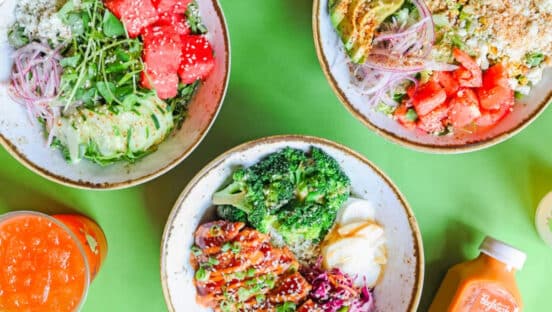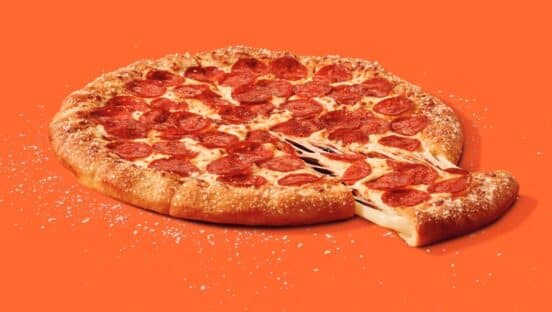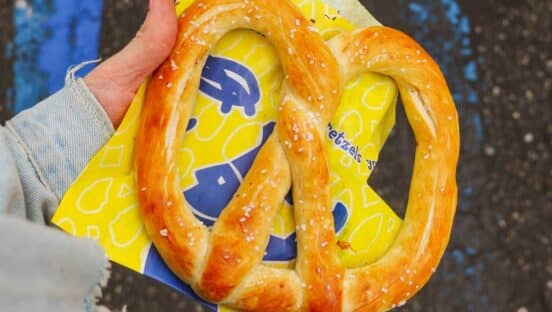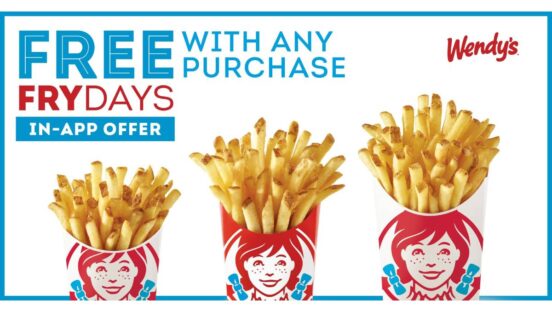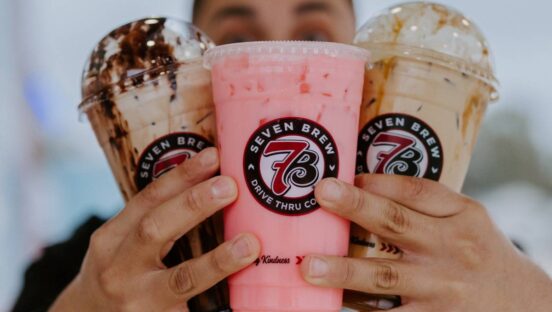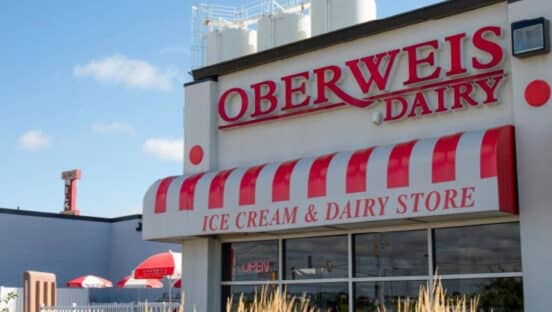Freddy’s Frozen Custard & Steakburgers entered the COVID pandemic at an all-time high.
In 2019, the brand saw its 12th straight period of positive same-store sales growth and earned more than $500 million in sales for the first time in history—good for a 14.5 percent increase compared to 2018. In addition, the brand opened 40 restaurants, including its first international units in Dubai and nontraditional locations in universities and a casino. Eighty-three franchise restaurant options were added, expanding the brand’s system in Florida, Pennsylvania, and Georgia.
According to Scott Redler, co-founder and chief operating officer, that momentum carried into the first two months of 2020. Then in March, the COVID pandemic swept across the restaurant industry, cratering sales in its path. Freddy’s had one week where it was down 38 percent.
However, it wasn’t as though that momentum disappeared. Instead, it provided an extra boost for Freddy’s as it prepared to face the new environment.
“I think the very strong start to 2020 helped give us the confidence to make the right decisions moving forward. We make guest-driven decisions and employee-driven decisions,” Redler says. “And by doing that, we felt we were able to keep everybody safe to the best of our ability and still execute and take care of our guests with their Freddy’s cravings.”
Like other concepts, Freddy’s, which has more than 375 locations across the country, quickly pivoted and focused on what it was capable of—drive-thru, carryout, and delivery. The immense effort included what Redler describes as a cross-functional team meeting among marketing and public relations, operations, construction, IT and more.
It was a gathering that Freddy’s rarely ever does, but the situation called for it.
“We had everyone start talking about what we can do,” Redler recalls. “And we laser-focused on drive-thru to understand the process that a guest goes through in the drive-thru, and we were able to take that and speed it up significantly, which is really the thing that has kept us rolling at the pace we are.”
The team meeting proved beneficial. In the past two months, comps have grown 15 percent year-over-year. In July, the brand experienced a 47 percent increase in drive-thru traffic and reduced wait times by 28 percent.
Redler says that while studying ways to reduce wait times, the team looked at every step in the process and realized there was more time available in the area where orders are taken. So Freddy’s moved functions around, and by doing so, the restaurant increased the time it had to take care of guests.
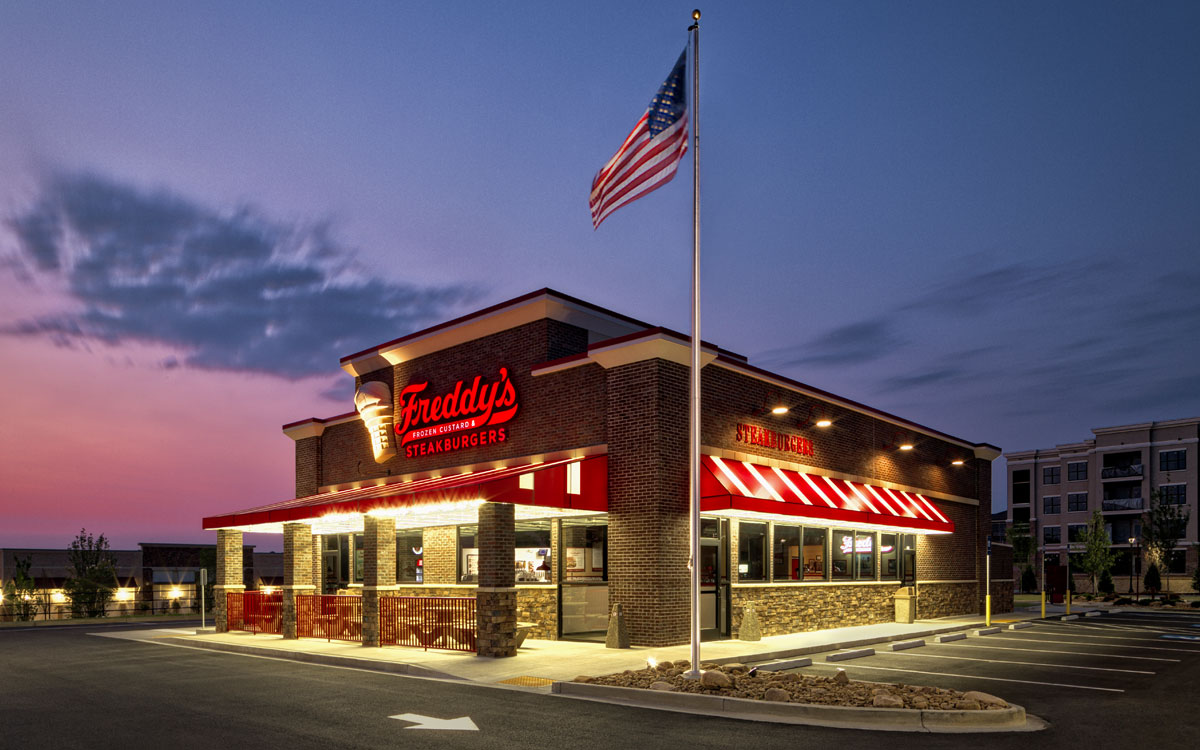
“Based on what we learned when we were dealt this crisis like every other company in America, we’re going to take the skills and the processes that we’ve learned to make ourselves better there and definitely use those to impact our future,” Redler says. “And a lot of things that we did are benefitting us through COVID, and they’re long-term solutions that will benefit us forever.”
The COO notes that Freddy’s took a “very conservative” approach to reopening dining rooms. The company brought a group to a prototype store in Wichita, Kansas, and did a walkthrough. At that point, the chain decided to implement “The Freddy’s Way.”
Some of the key measures include installing dividers between booths, placing plexiglas shields in front of cashiers, and mandating employees wear masks, even before states required it.
“It’s just the right way to do it,” Redler says. “Forget about what rules were mandated by each individual state. We wanted our system to be at or better than any state in the union with the protocols we put in place … We decided that continuing to win the confidence of our guests was our No. 1 goal. We’ve been doing that for 18 years with the way we do food and hospitality, and we approached the pandemic with the same focus to take care of our guests and exactly as they would want it done.”
The next hurdle for restaurants may be the drop off in federal assistance with Democrats and Republicans far apart on a new stimulus package. Many operators have said the extra income in consumers’ pockets grew business during the early weeks of the pandemic.
Redler says the good news is, Freddy’s is successful today and will continue to focus on the matters it can control versus the unknown.
“The restaurants that have drive-thrus can fully take advantage of the fast-casual model or the fast-food model, and a lot of full-service restaurants that have adapted and built big patios on their front parking lots will do very well,” Redler says. “There’s a lot who cannot do that. It’s hard for us to predict the government regulations and how that’s going to affect the future, so we’re just going to take that as it comes.”
Year-to-date, the brand has opened 18 restaurants, including a handful during the pandemic; new franchise groups have also joined.
Reopening restaurants during a global pandemic wasn’t without its challenges, the founder notes.
“We’ve had to shift the way that we do training. We can’t bring 50 people into a restaurant and train them that way anymore. So we made adjustments to split that up,” Redler explains. “… As a company, all the protocols we’ve put in place have worked very well, and we’ve been very fortunate with a minimal number of cases of COVID in our system.”
Redler says the brand is anticipating prime real estate to open post-COVID, which will make it easier for Freddy’s to enter challenging markets. The company is still expected to build around 40 restaurants this year, which is not far off from what it’s done historically.
While Freddy’s is centered around being old-fashioned, he believes the restaurant is well-poised to thrive in the new landscape.
“We are continuing evolving to make our brand better,” Redler says. “We don’t ever sit around and say, ‘OK, we’re there.’ We’re always looking to improve. And in business, you’re either lucky or you’re good. And wherever that falls on the pendulum, you just have to live with it. And at this time, we’re very fortunate to be in this segment of our industry and pulling our teams together to continually improve our brand and the experience for our guests.”


